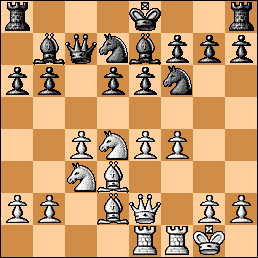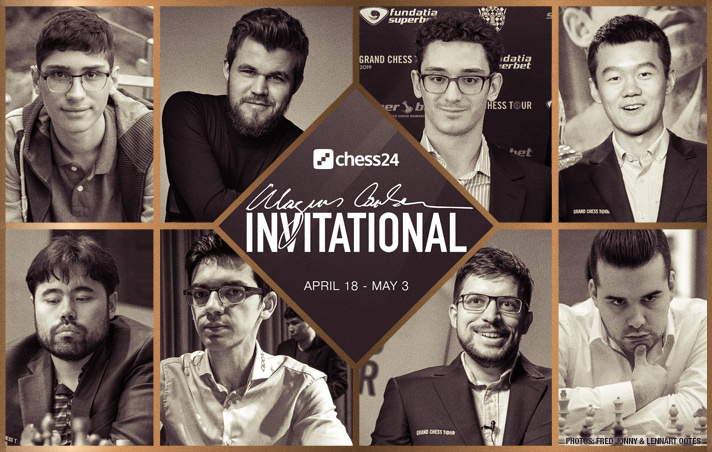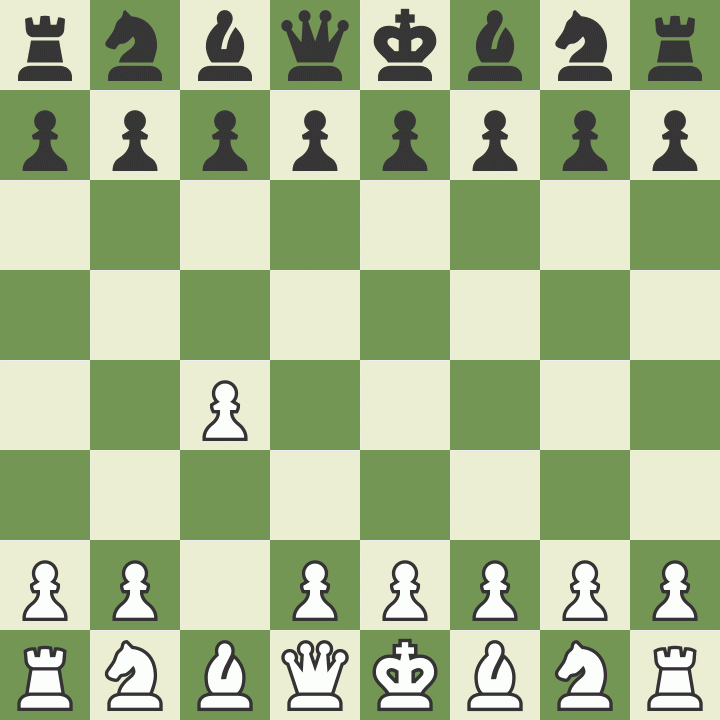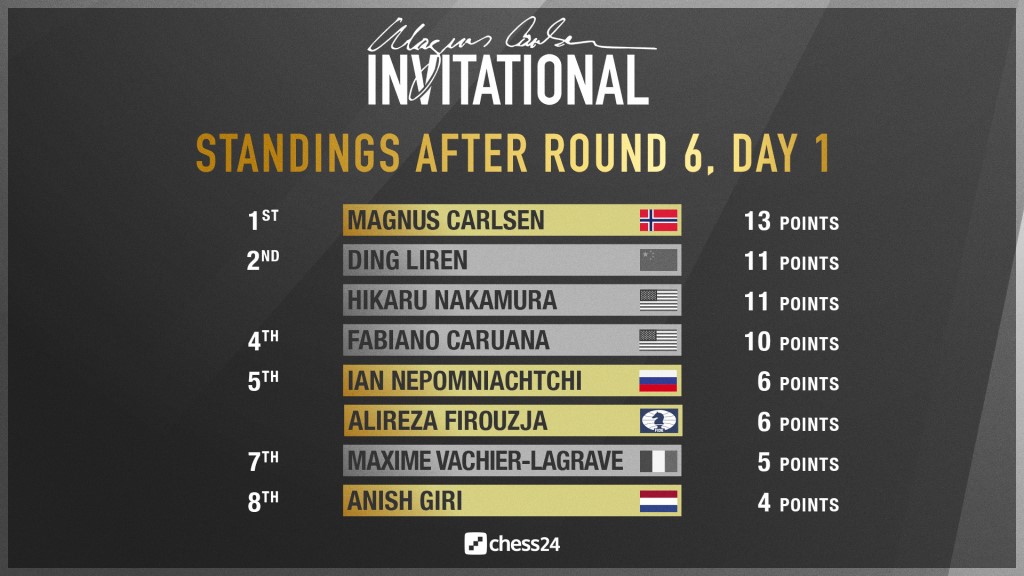aufheben
#Norris4Fox
Yeah there’s just more things you need to consider like exactly what you posted: the Bishop getting trapped in and neutralized, it will be stationery for most of the game, the weekend pawn structure, and becoming a clear target for the opposition.I'm not sure that I think of it as advanced, but it definitely requires more forethought than developing the bishop toward the centre of the board. Especially if it is your castling side that you intend to fianchetto.
I actually don't use it a bunch in my own games, so I have more experience with attacking or neutralizing those bishops than utilizing them. A surprising amount of players will quickly fianchetto on the queenside as black without bothering to calculate that I am able to permanently close that diagonal. And seeing a black kingside fianchetto gives me a target to focus on; try to force a bishop trade then attack the weakened pawn structure.
There are definitely things that you need to consider and to be aware of when you fianchetto, but that bishop can be very powerful, very early if you work it right. You also have to assume that your opponent is going to gobble up a little extra centre or pick up a tempo on you, and be prepared to deal with that.
On the other hand, it gives your Bishop essentially it’s longest possible diagonal and cuts right through the center of the board. I’ve found it to me more usual as black than white because it’s it good and fast way to counter white’s initiative in the center.
It’s interesting that you don’t utilize it since you play the English where fianchettoing one if not both Bishops seems to be white’s goal. The English seems theoretically similar to black: you counter the center from the flanks with distance, and allow the opponent to steer the direction of the center.
Last edited:



 . I'm sure it's sound as long as you tread carefully, but White has much more room and can generate some crazy pressure on the kingside.
. I'm sure it's sound as long as you tread carefully, but White has much more room and can generate some crazy pressure on the kingside.





